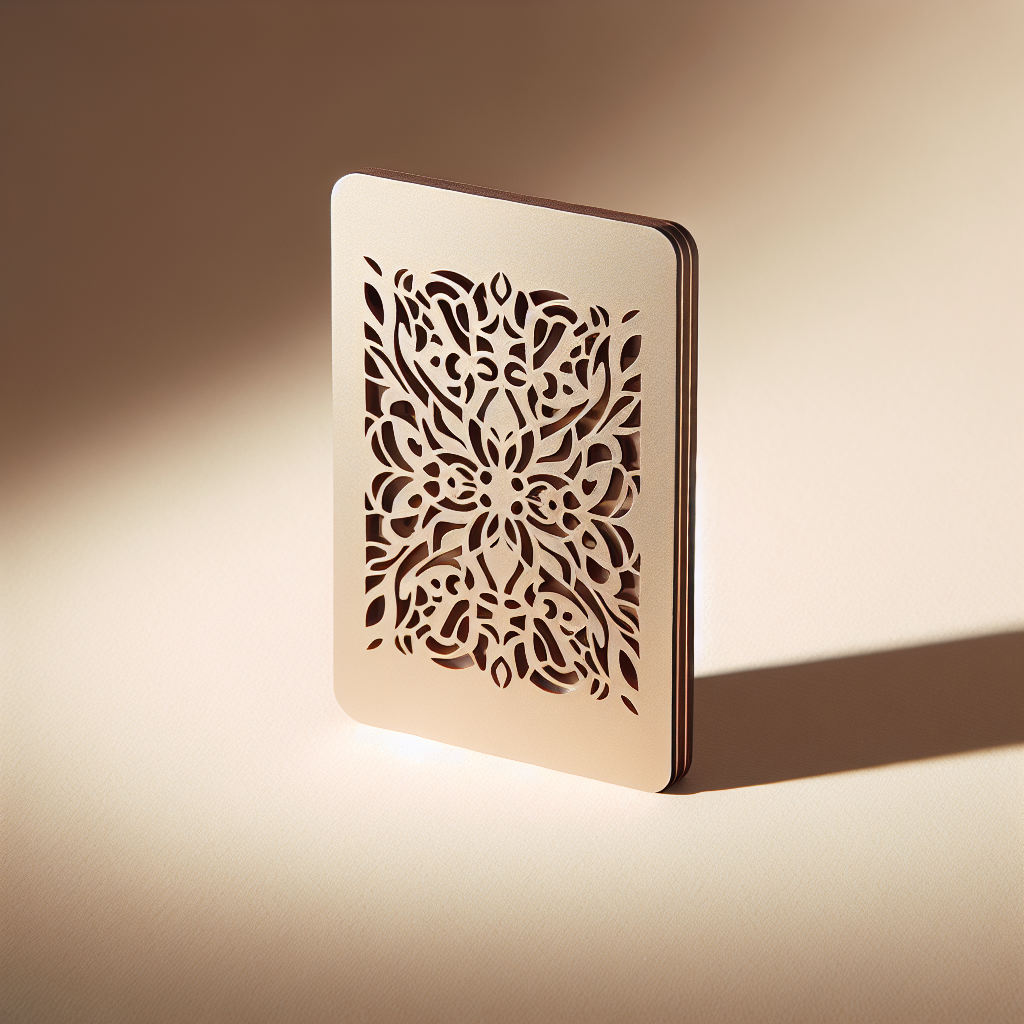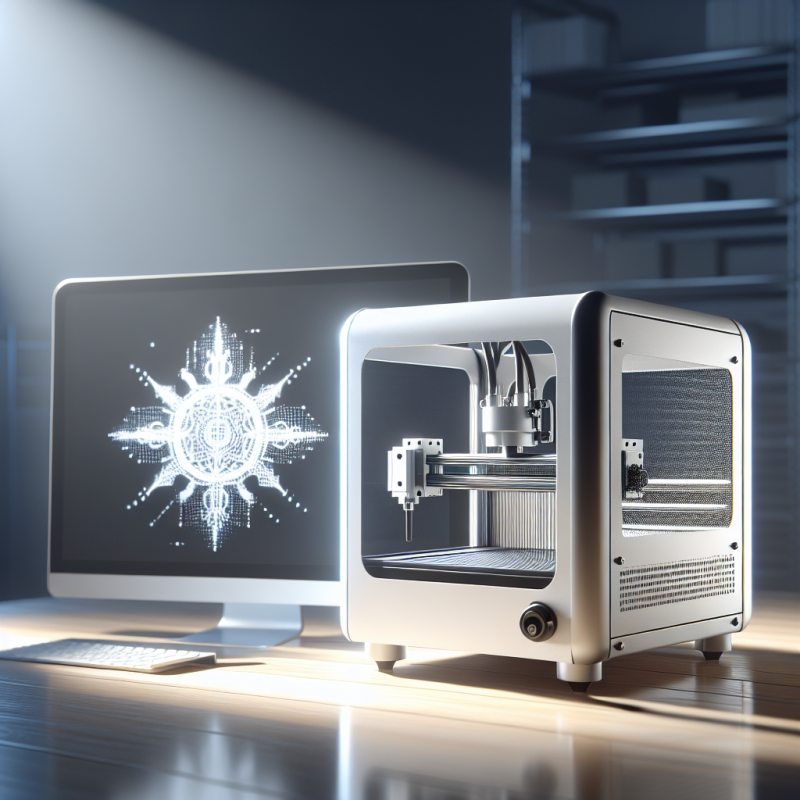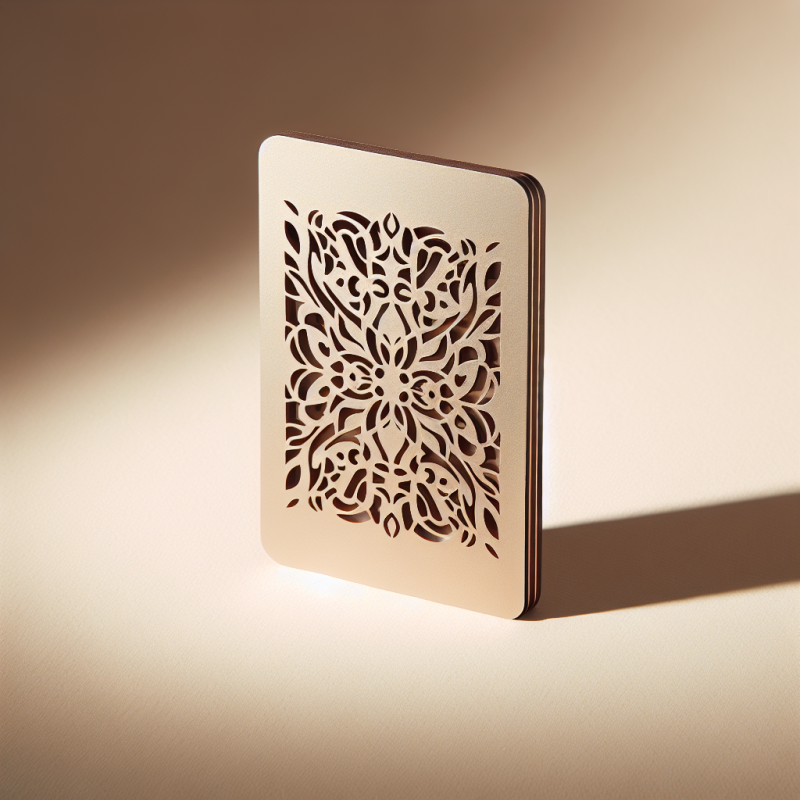The Art of Leather Engraving: Enhancing Your Projects with Laser Technology
Leather has been a timeless material for craftsmanship, offering durability, elegance, and a touch of sophistication. Whether you’re creating custom fashion items, home decor, or personalized gifts, laser engraving adds a unique dimension to your projects. With the advent of advanced laser technology, it’s easier than ever to achieve intricate designs on leather surfaces. In this article, we’ll explore everything you need to know about leather for laser engraving, including preparation tips, techniques, and equipment recommendations. Let’s dive in!
Why Choose Laser Engraving for Leather?
Laser engraving offers unparalleled precision and versatility compared to traditional methods like hand-stamping or machine cutting. Here are some reasons why it’s a favorite among crafters and professionals:
- Precision: Lasers can create intricate details that are difficult to achieve manually.
- Versatility: You can engrave text, patterns, logos, or custom designs on various types of leather.
- Durability: Laser-engraved markings won’t fade over time, ensuring your creations remain vibrant and intact.
- Speed: Compared to hand-carving, laser engraving is faster, making it ideal for large-scale projects.
If you’re considering upgrading your craft, leather for laser engraving opens up a world of creative possibilities. But how do you get started? Let’s explore the process in detail.
Preparing Leather for Laser Engraving
Before you begin, it’s essential to prepare your leather properly to ensure the best results. Here are some steps to follow:
- Clean the Surface: Use a soft cloth to wipe away dirt or dust from the leather surface. A clean surface ensures the laser can engrave cleanly without interference.
- Select the Right Leather Type: Different leathers react differently to laser engraving. Full-grain and vegetable-tanned leather are ideal because they have a natural texture that enhances the engraved design. Avoid synthetic or heavily treated leathers, as they may not respond well to the laser.
- Clamp Securely: Ensure your leather is clamped firmly in place to prevent movement during engraving. This step is crucial for maintaining precision in your designs.
- Mark Guidelines: Use a pencil or chalk to lightly mark where you want the engraving. This helps you align the laser accurately.
By taking these steps, you’ll set the stage for professional-quality engravings. Now, let’s discuss some techniques that can elevate your projects.
Laser Engraving Techniques for Leather
Laser engraving allows for a variety of creative techniques to bring your designs to life. Here are three popular methods:
- Deep Engraving: This technique involves creating deep, recessed patterns into the leather surface. It’s perfect for bold, dramatic effects or 3D-like textures.
- Burnishing: Instead of removing material, burnishing uses the laser to darken and smoothen the surface, creating a subtle, polished look. This is ideal for softer designs or text that blends seamlessly with the leather’s natural color.
- Etching: Etching creates shallow lines on the surface of the leather, offering a clean, crisp finish. It’s great for fine details and delicate patterns.
Experimenting with these techniques can help you achieve the desired aesthetic for your projects. But what equipment do you need to get started? Let’s explore that next.
Choosing the Right Equipment: A Guide to Laser Engravers
To work with leather for laser engraving, you’ll need a reliable laser engraver. Here are some factors to consider when selecting your equipment:
- Laser Power: Ensure the engraver has enough power to handle leather without damaging it. A 40-60W laser is typically sufficient for most projects.
- Focal Length: The focal length determines how the laser beam converges on the material. Shorter focal lengths are better for fine details, while longer ones offer a broader cutting path.
- Software Compatibility: Look for engravers that come with user-friendly software for designing and controlling your engravings. Some popular options include CorelDraw and Adobe Illustrator.
- Build Quality: Invest in a machine with sturdy construction to ensure long-lasting performance and accuracy.
If you’re looking for a high-quality laser engraver, the is an excellent choice. It’s designed to handle various materials, including leather for laser engraving, with ease.
Tips for Maintaining and Safety
Proper maintenance and safety precautions are essential when working with laser equipment. Here are some tips to keep in mind:
- Clean the Machine Regularly: Remove dust and debris from the engraver after each use to ensure optimal performance.
- Protect Your Skin: Wear protective gloves when handling engraved leather, as the heat from the laser can leave marks on your skin.
- Use Eye Protection: Always wear safety glasses to protect your eyes from sparks and debris during engraving.
By following these guidelines, you can enjoy a safe and productive experience with your laser engraver.
Frequently Asked Questions About Laser Engraving Leather
If you’re new to laser engraving, here are answers to some common questions:
- Can I use any type of leather for laser engraving? While most leathers can be engraved, full-grain and vegetable-tanned leather are the best options. Avoid synthetic or heavily treated leathers.
- How do I clean a laser-engraved leather surface? Use a soft cloth with mild soap and water to gently wipe away any residue. Avoid harsh chemicals that could damage the engraved design.
- Is laser engraving expensive? The cost depends on the equipment you choose. Entry-level machines are affordable, while professional-grade models may require a larger investment.
- Can I learn to use a laser engraver easily? Yes! Most machines come with intuitive software and user manuals. With practice, you can master the craft in no time.
Conclusion
Laser engraving has revolutionized the way we work with leather, offering unparalleled precision and creativity. By selecting the right equipment and following proper techniques, you can transform ordinary leather into extraordinary works of art. Whether you’re crafting custom accessories or personalized gifts, leather for laser engraving opens up a world of possibilities.
If you’re ready to take your craft to the next level, consider investing in a high-quality laser engraver. With patience and practice, you’ll be creating stunning designs that showcase your creativity and skill. Happy crafting!




